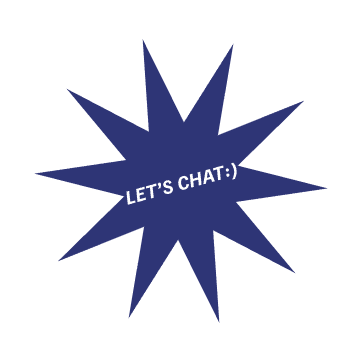Mentorship
Founding a grassroots design mentorship program at my workplace
Overview
The goal is simple: empower designers at the organization to do their best work by cultivating a culture of connection and learning.
I am a firm believer in the power of mentorship to foster meaningful connections, growth, and innovation. Wanting to cultivate this culture of learning at CNN, I spearheaded a mentorship program comprised of learning labs and 1-1 matching. Through multiple iterations, we have hosted dozens of learning labs and connected dozens of designers with mentors. The program has been well-received, with participants rating their goal progression at 4.29/5 and overall satisfaction at 4.43/5.
Here's how I made it happen.
Step 0: Why mentorship?
As the youngest person on the CNN design team, I felt like there was something to learn from everyone. It's inspiring to be surrounded by a wealth of knowledge—from quiet revelations while hunting in colleagues’ design files to casual critiques that proved particularly profound.
Why I started a mentorship program💡
To cultivate a culture of learning🪴
To express gratitude and give back to senior colleagues who took me under their wing🪽
As the person on the team with the most knowledge to be gained, I felt that I had the most to give to this effort.
Step 1: Validating the need
How might we establish a grassroots mentorship program such that any designer seeking mentorship can be matched to a mentor?
To start, there were a few opportunities unique to my design org that I wanted to account for.
The design team at CNN is well-rounded across domains such as animation, strategy, leadership, and content design, with further diversity across platform specialties like CTV, web, and app; there is something to learn from everyone.
In light of the Warner Bros. Discovery merger and subsequent organizational changes, mentorship is a powerful tool for navigating this new landscape and facilitating knowledge transfer.
As a remote-first org, there is a potential for isolation, making building meaningful connections even more valuable; it simply feels good to have support.
I shared my vision with a fellow designer and friend Ron Rundus, who was excited to tackle this challenge together.
Preliminary steps we took:
Team Interest: Confirmed widespread team interest through an internal survey and chats with colleagues.
Leadership Support: Gained buy-in and commitment of resources by presenting a written proposal to design leadership.
Problem Space: Gathered insights into best practices, challenges, and successful strategies by chatting with facilitators of other mentorship programs at WBD, as well as HR.
Initial Interest Survey
Step 2: What is mentorship? What is it not?
Having validated an initial interest in this program, we set out to define our goals and principles. Mentorship can mean many things, its definition commonly conflated with coaching, managing, and teaching.
Results: Initial Interest Survey




